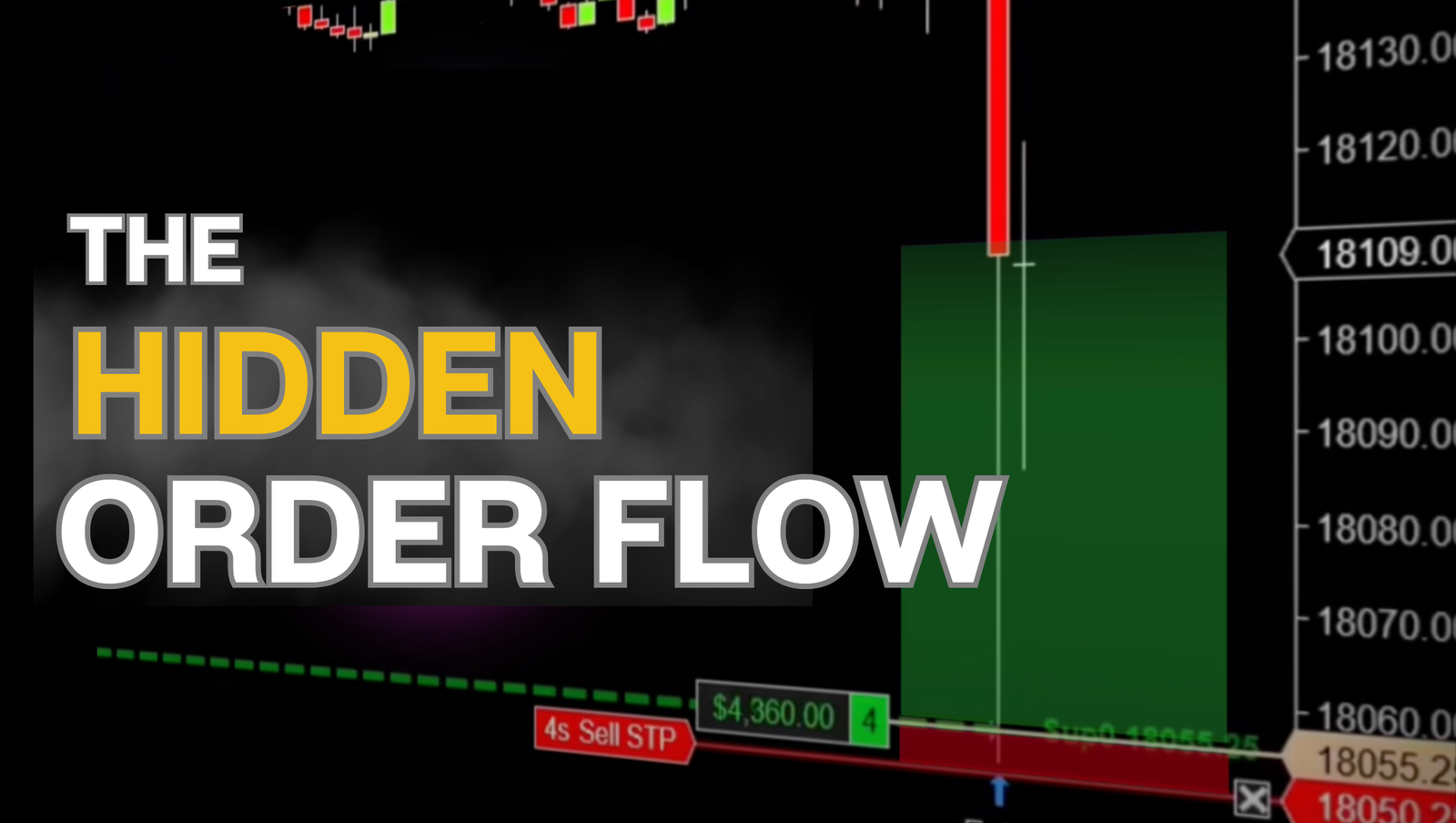I: Introduction: The Struggle of a Beginner Trader
My day trading journey started in the middle of my PhD studies. When I first started day trading, I was overwhelmed. The price movements on my charts felt like they had no logic or reason—completely random. I had heard about tools like trading indicators that promised to simplify everything, so I gave them a shot. But what I found was even more frustrating: repainting indicators. One moment, they’d show me a signal to buy, and just as I entered the trade, the signal disappeared! It felt like chasing shadows.
II: Discovery Phase: Seeking Answers in the Chaos
I refused to give up. I started reading about candlestick patterns and indicators to understand the math behind them. I realized these weren’t magical tools—they were based on averages, momentum, and mathematical rules. But here’s the kicker: every day, I had to tweak the settings to adapt to the market. It was like trying to hit a moving target while blindfolded.
At the same time, I was learning about the psychology of trading and market behavior. I saw patterns—double tops, double bottoms—but I didn’t fully understand why they happened. I also noticed something peculiar during big news events: it felt like an invisible force controlled the market, stopping it from running wild. These repeating patterns and areas of strong pressure intrigued me, but I couldn’t figure out how to turn them into a strategy.
The Psychology of the Market
As I spent hours staring at charts, I couldn’t shake the feeling that something deeper was at play. Why did certain levels repeatedly hold, while others broke so strongly? That’s when I started reading about the psychology of the market—how fear, greed, and herd behavior drive price movements. It dawned on me that what I was looking at wasn’t random noise but a visual representation of human emotions. Patterns like double tops and double bottoms weren’t just shapes; they were moments of indecision and power struggles between buyers and sellers. It fascinated me, but turning those insights into actionable trades? That was still a mystery.
Chasing Precision in an Imprecise World
I became obsessed with trying to predict price movements. I’d backtest historical data, tweaking indicator settings endlessly. If an RSI of 14 didn’t work, maybe 10 would! If MACD signals failed, perhaps a different timeframe was the answer. But every new day felt like starting over—what worked yesterday didn’t apply today. It was exhausting. I knew the market was driven by patterns and forces larger than myself, like major institutions and liquidity events, but the tools I was using weren’t helping me see those clearly. I was stuck trying to extract precision from tools designed for hindsight, not foresight.
Bringing My Skills as a Programmer into Trading
Coming from a background in programming and research, I thought I had an edge. I could code anything I wanted—automated strategies, custom indicators, you name it. So, I threw myself into building tools to analyze the market. I collected mountains of data, ran simulations, and even built statistical models to test ideas. But here’s what I found: most strategies were highly inconsistent. The market didn’t move like a neat algorithm; it was driven by complex, chaotic interactions. I realized that success wasn’t about finding some magic formula—it was about identifying statistically significant patterns and aligning with the right direction.
The Statistical Nature of Trading
As a researcher, I knew how powerful data could be. I started digging into market statistics, writing code to analyze patterns, test theories, and generate predictive models. I thought, ‘If I can quantify it, I can trade it.’ But the reality was humbling. The indicators I coded would work brilliantly in backtests but falter in real-time trading. I began to see that trading wasn’t just about numbers—it was about understanding why certain levels held or broke and combining that insight with statistical probability. It wasn’t enough to know that double tops worked 60% of the time; I had to understand the context behind that 60%.
III: Breakthrough Moments: Recognizing Market Behavioral Patterns
One day, while analyzing historical charts, I noticed something fascinating. Price levels where the market reversed weren’t just random—they were areas where buyers or sellers had clearly taken control. I started connecting these zones to psychological pressure points: fear driving panicked selling or greed fueling buying frenzies. It clicked for me—these weren’t just numbers on a screen; they were the footprints of collective human behavior. By focusing on these areas, I could start to predict where the market might turn or accelerate. For the first time, I felt like I wasn’t chasing the market—I was starting to understand it.
Breaking Free from Low-Timeframe Noise
At one point, I was spending hours analyzing 1-minute candles, trying to spot patterns and predict the next move. But the more I looked, the less sense it made. Why should the open or close of a single 1-minute candle hold any significance in a market driven by trillions of dollars and countless participants? It felt like trying to find meaning in static. That’s when I realized the truth: the market isn’t about individual candles or timeframes. It’s about areas—zones where supply and demand collide to create strong reactions. Instead of getting lost in the noise, I needed to focus on these key areas to find clarity.
The Irrelevance of Candle Closes in Supply and Demand
I kept hearing about how important it was to watch where candles opened or closed, especially on low timeframes like 1-minute or 5-minute charts. But no matter how hard I tried, I couldn’t see the logic. The market isn’t driven by a random 1-minute close; it’s driven by the actions of big players, by liquidity and imbalances. The significant moves came from areas where supply overwhelmed demand—or vice versa—not from where a tiny candle flickered out. This realization shifted my entire approach. Instead of trying to decipher meaningless noise, I began focusing on broader zones of pressure and reaction.
Patterns Beyond the Obvious
My biggest breakthrough came when I stopped looking at the market as a collection of indicators and started studying the patterns themselves. I asked myself, ‘Why do double tops happen? Why do breakouts fail at certain levels but explode at others?’ I realized that these weren’t coincidences—they were the result of liquidity pools, stop-loss clusters, and institutional players entering or exiting the market. This understanding gave me clarity: if I could identify these key areas, I could trade with the market’s natural flow instead of fighting it.
IV: Search for Effective Tools
The Frustration with Generic Indicators
Once I understood the importance of key levels, I searched for tools that could help me identify them. But everything I tried—from support and resistance indicators to pivot points—felt flawed. Most were lagging, and the ones that weren’t required endless tweaking. Every day, I had to adjust settings, guess thresholds, and hope for the best. The worst part? Many of them repainted, giving me false confidence in trades that were already doomed. I knew I needed something better—something precise, consistent, and adaptive to the market.
A Need for Tools That Ignore Noise
The more I studied the market, the more I realized how much time I had wasted on noisy data. Tools that relied on candle opens or closes, especially on low timeframes, weren’t giving me an edge—they were distracting me. I needed something smarter, something that could cut through the noise and highlight the areas where real activity was happening.
Low timeframes were a trap for me. I’d zoom into 1-minute or 5-minute charts, hoping to decode every tiny movement, only to find myself overwhelmed by meaningless fluctuations. What I needed was a way to zoom out—not visually, but conceptually. I started searching for tools that didn’t just mimic the noise of the market but instead identified the significant zones where price would likely react.
Finding the Missing Piece with AI
After countless hours of trial and error, I stumbled upon tools that integrated AI and machine learning techniques, capable of analyzing market patterns, processing deep historical data, and even correlations across instruments to pinpoint key price levels. I was looking for methods not to give vague zones but to provide me with exact levels where I could expect significant activity. It was like having a roadmap for the market—a stark contrast to the guessing games I had been playing before.
Exploring Methods to Track the Big Players
With my background in cyber security, I knew that solving complex systems required the right tools. When I first started trading, I relied on traditional indicators, but they felt like trying to fight modern cyber threats with outdated firewalls. I needed something designed to track the real movers of the market—the big players. I started by designing a method that uses AI to pinpoint the areas where supply and demand forces collide. It was like moving from a guesswork approach to a precision-guided strategy, leveraging technology to finally understand where the action was happening.
From Cyber Algorithms to Market Algorithms
In cyber security, I built algorithms to identify attackers by spotting statistical anomalies—patterns that revealed their strategies. When I started trading, I realized I could apply the same thinking to the market. I needed tools that could process large amounts of data, identify high-probability zones, and highlight key areas of interest. Coming from a background in AI and cyber security, I was used to solving complex problems. I’d spent years developing systems to fingerprint hackers—using mathematical measurements to track their patterns and behaviors.
When I transitioned into trading, I couldn’t help but see parallels. The market wasn’t just a chaotic series of movements; it was the fingerprint of big players leaving behind trails of their actions. Just like hackers, they moved with intent, exploiting weaknesses and creating patterns. My goal shifted: instead of chasing the noise of low timeframes, I wanted to decode the movements of these major players and use their footprints to guide my trades.
Decoding the Market Like a Cyber Threat
In cyber security, one of my key projects was developing algorithms to identify hackers based on subtle, almost imperceptible patterns—things like timing, execution methods, and resource usage.
When I started trading, I realized the market worked the same way. Beneath the randomness of individual candles were patterns of intent, created by big players. It wasn’t about analyzing where a 1-minute candle closed; it was about spotting where significant moves originated.
I approached the market like I approached cyber threats: using mathematical tools to identify these fingerprints of activity and decode their strategy.
Dr. Efrat Levy, Co-owner, E.G. Indicators LTD




